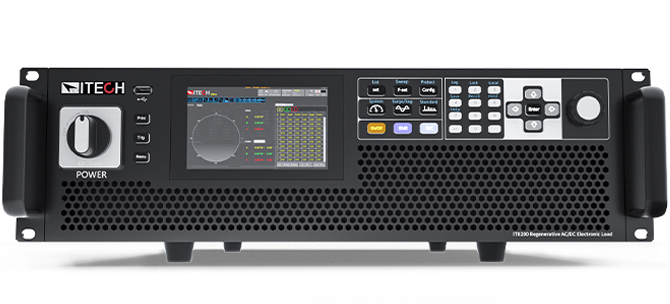Differences Between Linear and Switched Programmable Power Supplies
Programmable power supplies come in two main types—linear and switched—each suited to different applications based on performance requirements and design considerations.
Linear Power Supplies
Linear power supplies offer a simple design that produces a clean and stable output. These are ideal for applications requiring low noise and minimal electromagnetic interference (EMI). Their drawback is lower efficiency and a bulkier form factor due to larger components.
Switched Power Supplies
Switched power supplies, in contrast, use advanced switching techniques to convert power efficiently, resulting in a compact and lightweight design. While they provide higher efficiency and flexibility, their output may have higher noise levels, making them less suited for noise-sensitive tasks.
Understanding these differences allows engineers to select the appropriate power supply for specific requirements, ensuring both performance and cost-effectiveness.
How to Choose the Right Power Supply
Choosing the right power supply involves understanding your application’s specific needs and matching them with the available features. Below are key considerations:
Power Requirements
Identify the voltage, current, and power needs of your application. A regenerative power supply is ideal for high-energy tasks, while a programmable power supply offers flexibility for diverse settings.
Application Compatibility
Different industries, such as automotive or telecommunications, demand specialised solutions. For instance, a battery simulator is crucial for testing electric vehicle components, whereas a DC power supply in Singapore’s tech hubs often serves advanced R&D labs.
Efficiency and Features
Consider efficiency metrics and additional features like programmability, remote control capabilities, and overvoltage protection. These features enhance usability and ensure safe operation.
Size and Portability
Compact designs are essential for mobile or space-constrained setups, while larger, more robust models may suit permanent installations in industrial settings.
Weighing these factors ensures an optimal balance between performance, cost, and application-specific needs.








